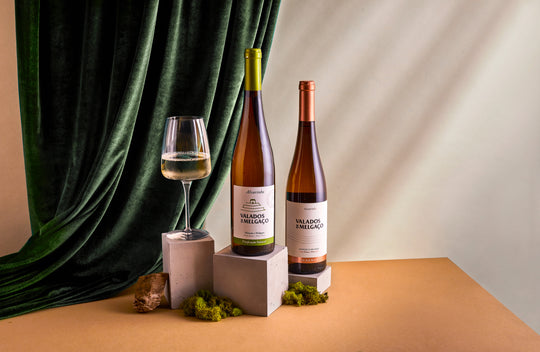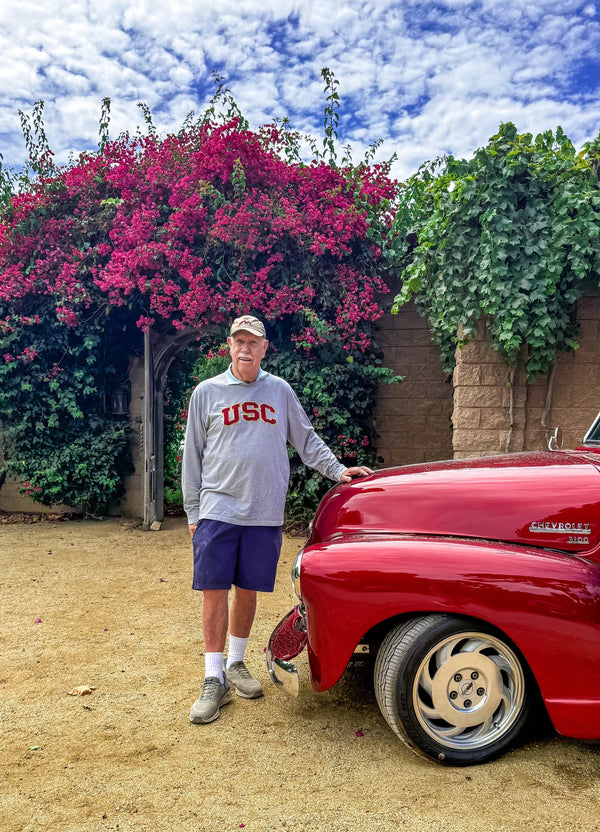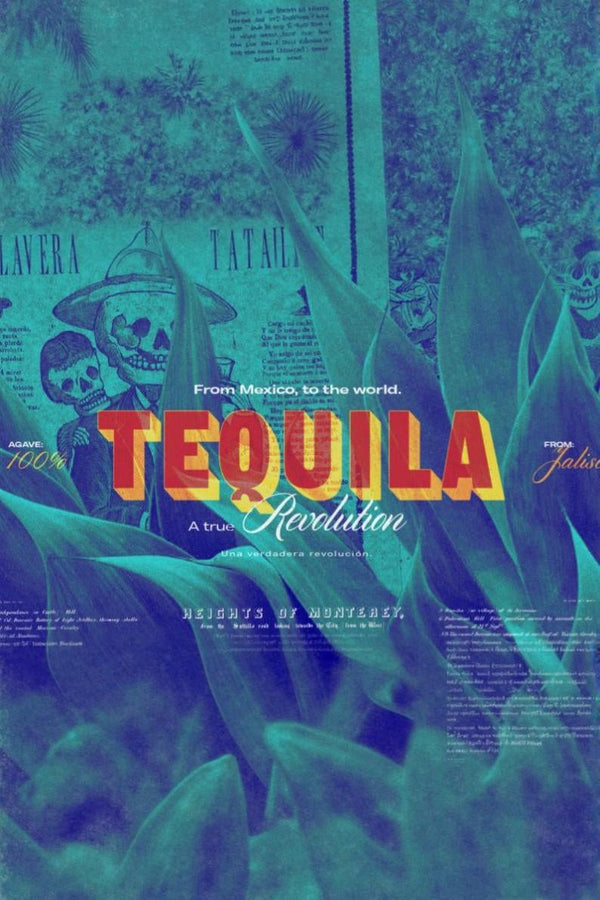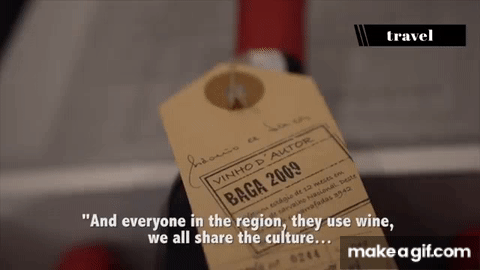Colares: Portugal’s Rarest Wines

February 23, 2021
Colares produces some of the most expensive wines in Portugal—but not because of luxury branding. The region is so small and so challenging to cultivate that each bottle of Malvasia or Ramisco becomes a rarity. The few that are produced can age for decades. It’s survival of the fittest.

In recent years, Colares has quietly become one of the fastest-growing wine regions in Portugal—though that growth is relative. The vineyard area has increased from around 8 hectares to between 12 and 15 hectares. While this may seem modest, it’s a remarkable feat. The mere existence of vineyards in Colares is impressive given the intense real estate pressure and the titanic effort required for viticulture.
Growing wine in Colares is a heroic act. Winemakers must combat the fury of Atlantic winds, the corrosive force of salty air, and coax grapes from sand dunes. This defiance has persisted since the Arab occupation of Sintra. The battle is not just against the elements but also against financial odds: planting and maintenance costs are high, while yields are painfully low—less than two tons per hectare.
The planting process begins with removing several meters of sand to reach clay soil, where vine cuttings are inserted directly (“unhadas”) to root. The vines grow low and horizontal, hugging the ground in wooden trellises. They’re shielded from maritime winds by walls of dried cane and loose stone. It’s a monumental amount of labor for very little wine.
The Colares DOC (Denominação de Origem Controlada) includes Adraga beach, parts of Almoçageme and Colares, Mucifal, Banzão, Rodízio, Azenhas do Mar, Fontanelas, Magoito, Casal de Pianos, and Samarra beach. This entire area was once under the sea. As the waters receded, sandy soils were left behind. The wines of Colares—possibly descendants of the famous Azóia wines once prized across Europe during the Middle Ages—owe their character to the Ramisco grape, introduced to the region in the 13th century by King Afonso III, perhaps originally from France.

Ramisco yields wines with low alcohol, firm tannins, and layered aromatics. Their astringency softens beautifully with time in oak and bottle. To balance its assertiveness, Colares DOC regulations allow up to 20% of other local varieties, typically Molar and João Santarém. For whites, the main grape is Malvasia de Colares.
A Legacy Forged by Phylloxera
Colares’ golden age came with a paradox. As phylloxera devastated European vineyards in the 19th century, Colares thrived. The sandy soils, inhospitable to the insect, spared these vines. While others grafted onto American rootstock, Colares continued with ungrafted, native vines—a tradition that endures.
By 1908, when King Manuel II granted Colares its DOC status, the region had about 2,000 hectares planted with Ramisco. Today, that figure has dwindled to 12–15 hectares (depending on whether walls and buffer zones are included). Annual production barely exceeds 20,000 liters, managed by four producers: Adegas Beira Mar, Adega Regional de Colares, Adega Viúva Gomes, and Fundação Oriente. The official bottler is Adega Regional de Colares, which supplies most of the wine.
The scale is tiny, almost miniature. But one taste reveals the grandeur of Colares. It is a singular case in Portugal’s wine landscape. Eça de Queirós once called them “the most French wines in the kingdom.” Today, Colares wines are rare, unmistakable, and among the country’s finest expressions of terroir.
The whites are saline, lively with acidity, and unforgettable. The best examples are simply extraordinary.
The reds are more polarizing—low in alcohol, fresh, and highly tannic in youth. A young Ramisco (4–5 years old) can be challenging. But aged Ramisco, after decades in bottle, becomes something transcendent. The Viúva Gomes 1934, for example, may have a muted nose—hints of spice and slight chemical notes—but on the palate, it still shows tannic grip, freshness, and delicate nuance only time can sculpt. Few still red wines in the world can remain so alive for so long.
Colares endures because its wines endure. Darwin’s theory, applied to viticulture.











